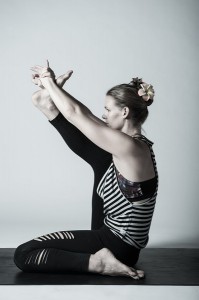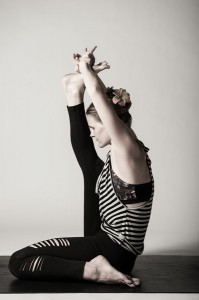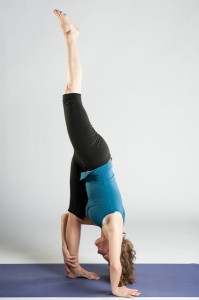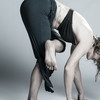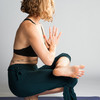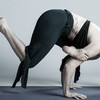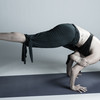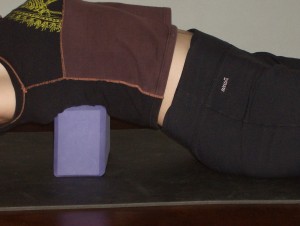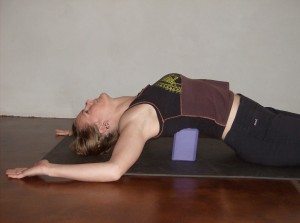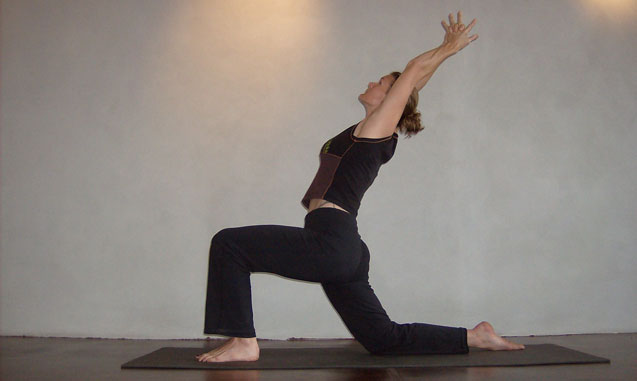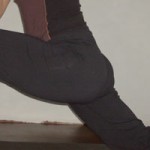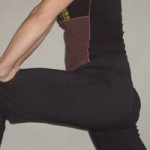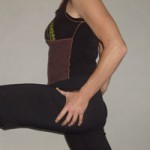Mountain Pose is my favorite pose this month. One of my favorite Instagram inspirations, @yogamand, regularly does poses that defy my eyes, and she happily explains how to do them. This month however, she posted a lovely Tadasana partner assist that illustrated beautifully how to set the tops of the thighs back. In doing so, the pelvis moves into a slight anterior tilt. This is the position the pelvis falls in while the body is held in what is called “anatomical neutral”. When then torso is stacked over the pelvis and thigh bones, as one of my students put it, “I feel weightless!”
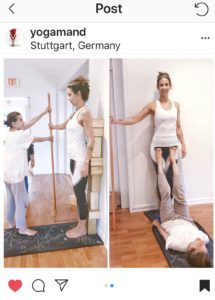
If you want to achieve this feeling for yourself I recommend standing with a slight anterior tilt to the pelvis and taking a slow big inhale, lifting the ribcage away from the hips. A feeling of gentle stretch may happen in the belly and lower spine. Keep the body in this uplifted position even with the exhale and maintain.
